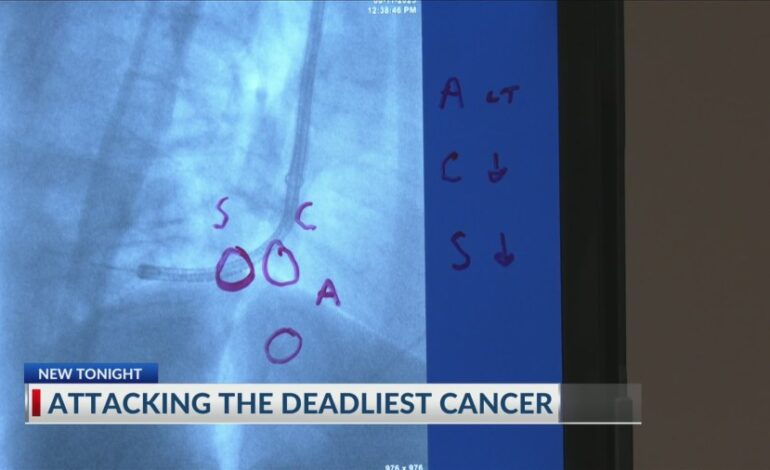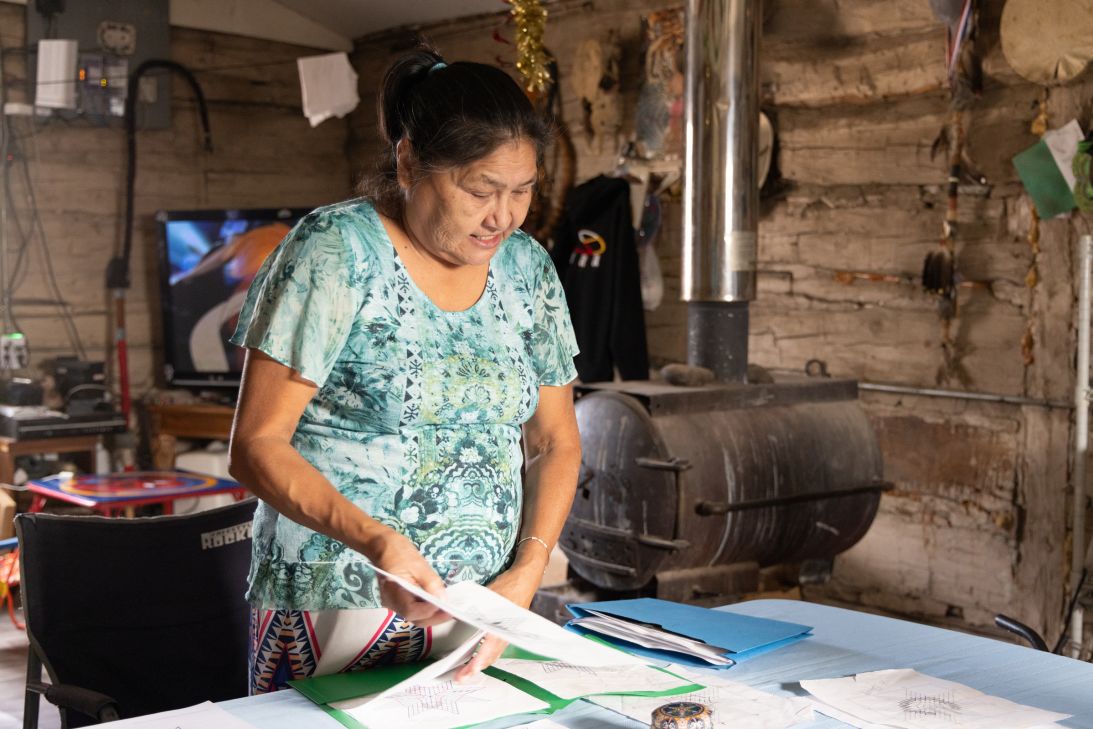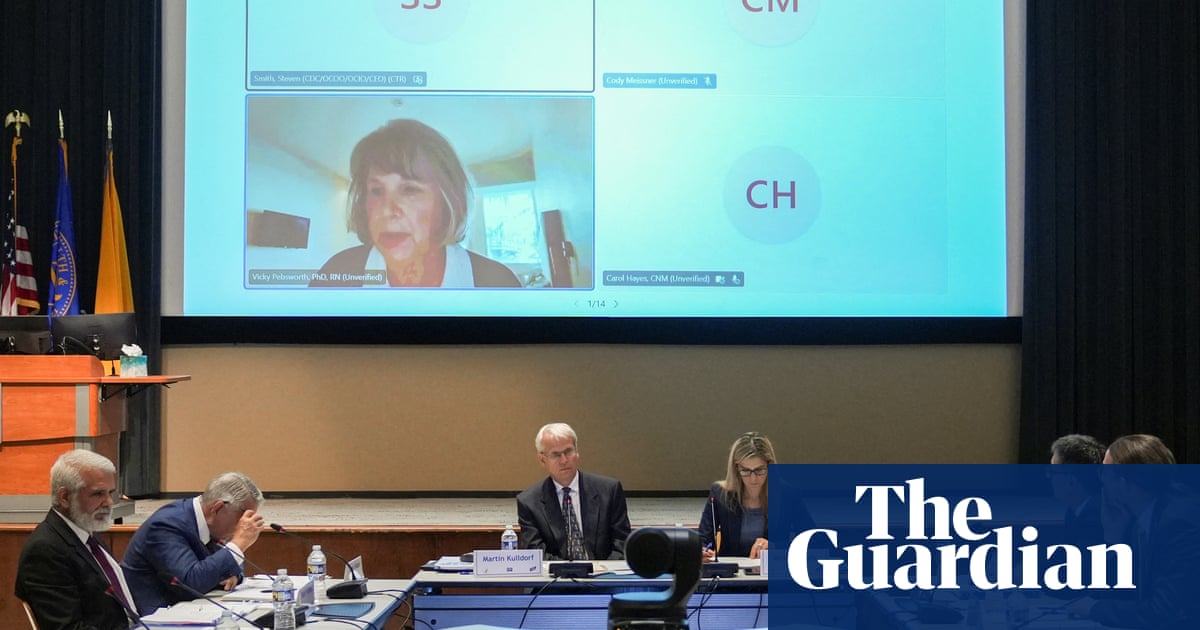Savannah Hospital Employs Robotic Technology to Combat Lung Cancer

Doctors at St. Joseph’s/Candler Hospital in Savannah, Georgia, are revolutionizing the fight against lung cancer with the introduction of advanced robotic technology. The innovative Monarch procedure enables medical professionals to identify and target lung cancer with a precision that surpasses traditional imaging techniques.
During a demonstration, Dr. Douglas Mullins, a leading physician at the hospital, showcased the procedure, emphasizing its significance as part of Lung Cancer Awareness Month. Lung cancer remains the deadliest form of cancer globally, making early detection and accurate treatment crucial in saving lives. This particular procedure marks one of the approximately 1,600 that Dr. Mullins has completed in his career.
The Monarch system operates similarly to a video game controller, allowing doctors to navigate and control a tube with remarkable accuracy. The imaging displayed on the screen resembles a Google map, providing a detailed view of the lung’s structure. In a recent case, a patient presented with a small nodule identified during a lung cancer screening, raising concerns about its potential malignancy.
Dr. Mullins articulated the challenges associated with locating such small nodules, stating, “The nodule is very, very small. So that makes it difficult for a surgeon using the DA Vinci Robot to easily find it.” The Monarch technology addresses this issue by enabling physicians to accurately locate and mark the nodule, guiding surgeons on how much tissue to remove, thereby enhancing surgical precision.
The use of this cutting-edge technology is still relatively rare across the United States, but its adoption is growing. Dr. Mullins noted that as healthcare providers become more aware of the benefits of these advanced diagnostic tools, they are increasingly utilizing them to detect smaller nodules. This approach not only leads to more limited surgeries but also allows for quicker patient recoveries, shorter hospital stays, and smaller incisions.
Previously, the chances of successfully obtaining a biopsy from a randomly located nodule ranged from 10% to 15%. With the introduction of the Monarch procedure, this accuracy has improved dramatically, now exceeding 90%. Dr. Mullins highlighted that this advancement significantly enhances patient safety and treatment options.
“The joy comes from giving patients treatment options and getting them back to their routine,” Dr. Mullins expressed. He noted that patients who undergo this procedure often feel a profound sense of relief. Many are amazed that a small nodule, which might have been dismissed as benign elsewhere, is recognized and addressed at their facility.
Dr. Mullins encourages individuals, particularly those who smoke or have a family history of lung cancer, to consider regular screenings as a proactive measure. Early detection remains a key factor in improving survival rates and outcomes for lung cancer patients.
As technology continues to evolve, the integration of robotic systems like the Monarch procedure stands to transform lung cancer detection and treatment, ultimately aiming to save lives and enhance the quality of care for patients in Savannah and beyond.






